September 16, 2016
Posted by
Ramon Fadli in
Budget,
Chiang Mai,
Dry Broadleaf Forests,
Forests,
IUCN Protected Category 2,
Mountains,
Sunrise & Sunset,
Thailand,
Tropical Savanna,
Waterfalls Samoeng Loop
Chiang Mai Day 7
Samoeng Loop
PROTECTED STATUS :
The day began with incessant drizzle so we were forced to hunker down in the room and to wait it out. By the time the sun eventually came back out, too much time had passed for a trip to
Doi Inthanon to be feasible, so we opted to ride around a 100 km circuit, called the 'Samoeng Loop', instead in order to visit some of the
attractions that the loop had to offer. I also figured that it was quite apt to loop around the mountain range that we had climbed just the
day before.
The mood had yet to pick up as we made our way up the street as the sky was still fairly overcast. As we passed Bamboo 99 guesthouse, however, we saw that two old workhorse scooters were being rented out for
THB99 each. We decided to go for it, so took some photos of the bike exterior just for documentation before relinquishing our passports and signing the required request forms. The tanks were full which enabled us to head straight out of town.
Directions
We decided to tackle the loop in a counter-clockwise direction. We began at the north gate and took the main road that lead northwards, through the boundaries of the old city, and towards the town of Mae Rim. This road is a main road and is fairly congested so you will have to be very careful. Approximately 10 minutes after passing Mae Rim, you will encounter a large junction with very obvious signposts indicating that it is the turnoff for the Samoeng Loop. From here, you just continue along the road as it loops around the mountains, stopping every now and then at attractions that are scattered along the way.
The Samoeng Loop
The traffic was very heavy and it remained that way for the entire journey northward. Moments before, we had encountered a roadblock that funneled us to the side of the road and we were approached by traffic police officers that pestered us for our international driving licenses. Unable to produce any, they began to threaten to bring us to the police station so that they could make a police report. But before they did that however, they gave us an 'alternative' and said that we could pay a
THB500 'fine' instead and that they would let us carry on. Having surrendered my passport earlier to rent the scooter and knowing that the police could cause all sorts of trouble for foreigners, I decided to temporarily forego my principles and to just pay the officer.
I had been keeping an eye of the (free) offline GPS app,
Maps.me, but the turnoff still seemed to appear much sooner than I had expected.The much calmer roads that made their way uphill were certainly more than welcome as I had been very eager to get out of the heavy traffic. We reached Mae Sa Waterfall after approximately 5 kilometres from the junction, and paid the
THB100 park entrance fee and the
THB10 motorbike fee [
It has since been increased to THB20 ]. We decided to ride up past the first two parking areas since the third was much closer to the waterfall and ended up parking fairly close to one of the stalls. I also made sure to purchase some snacks (
THB50) to keep the stall owner happy but mainly to increase the chance of her watching over the motorbikes.
 The steps that lead up to the higher tiers of the waterfall
The steps that lead up to the higher tiers of the waterfall
The hike up and past the 10 tiers of the waterfall was basically for waterfall-watching, as the tiers were just viewpoints. The flow of the water was quite fast since it had rained earlier, but under better conditions, certain wider and shallower sections (at riffles for instance) would definitely be swimmable. The hike itself was very easy and was timed quite well as the dense canopy overhead protected us from the searing midday sun. The different 'personalities' of the levels of the waterfall almost seemed to be showcased as we continued on and passed by each tier of the waterfall.
 'Namtok Mae Sa', top of tier 4 (Wang Sam Muen)
'Namtok Mae Sa', top of tier 4 (Wang Sam Muen)
 Common imperial Butterfly (Cheritra freja), with its long and very conspicuous tails on its hindwings
Common imperial Butterfly (Cheritra freja), with its long and very conspicuous tails on its hindwings
Abundant arachnids
We realised rather quickly that this area was a haven for arachnids--they were ubiquitous! Spider webs were strewn about everywhere and the foliage on the sides of the trail were absolutely pockmarked with them. We had to remain attentive and vigilant in order to ensure that we did not walk into any of them. Most of these webs belonged to the very common Tessellated Orchard Spider
(Leucauge tessellata), which is a small riparian orb weaver. Spiders of the Leucauge genus are fairly easy to identify as they have characteristic sensory hairs on the front of the fourth legs that are quite conspicuous.

 A Tessellated Orchard Spider (Leucauge tessellata) and its web
A Tessellated Orchard Spider (Leucauge tessellata) and its web
Occasionally we would come across large webs that were hung fairly low to the ground, that had overlapping strands of silk zig-zagging in the upper and lower the corners. These zig-zagging patterns are called 'stabilimenta', and are thought to both attract prey to the web, as well as strengthen the web when larger animals make contact with it. Most often than not, these webs would also have a large spider in the middle that has its legs aligned in the position of an 'X', pointing towards these four corners. The spider in question is called the St. Andrew's Cross Spider
(Argiope versicolor), the X-shaped cross of St. Andrew giving it its name.
We were fortunate enough to catch one of these spiders hunting. A grasshopper had jumped right into the web and within seconds was snatched up by the spider. The spider quickly threw out swathes of silk to immobilise it and then held it with its third set of legs whilst rotating it rapidly, tightening the binding in the process. Everything happened fairly quickly and was over within seconds. As we approached, the spider began to bob up and down rapidly on its web. It does this when threatened as the vigorous shaking of the web and its stabilimenta is thought to confuse the attacker as the spider and its web then become a blur of white.
 The image on the left shows a St. Andrew's Cross Spider (Argiope versicolor) and its web.Two of the web stabilimenta can be seen in the top right and the lower left of the image
The image on the left shows a St. Andrew's Cross Spider (Argiope versicolor) and its web.Two of the web stabilimenta can be seen in the top right and the lower left of the image
The green lynx spider
(Peucetia sp.) on the other hand, does not weave a web in order to catch its prey, but instead waits in vegetation and ambushes unsuspecting prey. They are so fast and dexterous that they are even able to snatch insects out of the air as they fly by. They do still spin silk however, but use it as an anchor or a dragline instead as they jump from leaf to leaf. These spiders also have two 'appendages' that look like shorter legs at the front that are called 'pedipalps', and their function is to detect scents in the air.
 Green lynx spider (Peucetia sp.) with defensive posturing
Green lynx spider (Peucetia sp.) with defensive posturing
Suunto Movescount Stats
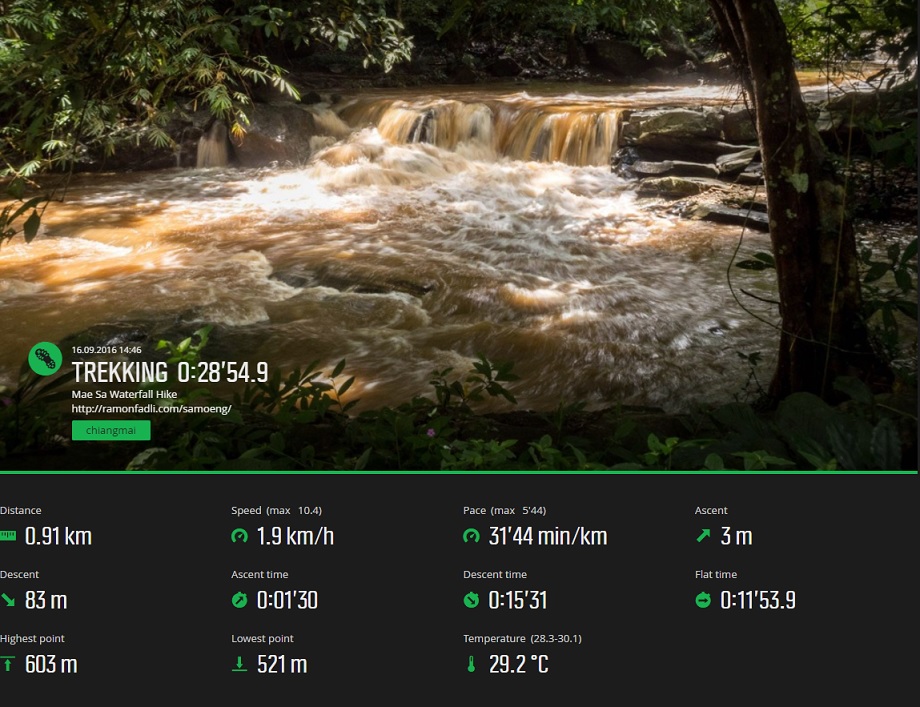
 Download GPX file here (right click and save link as)
Download GPX file here (right click and save link as)








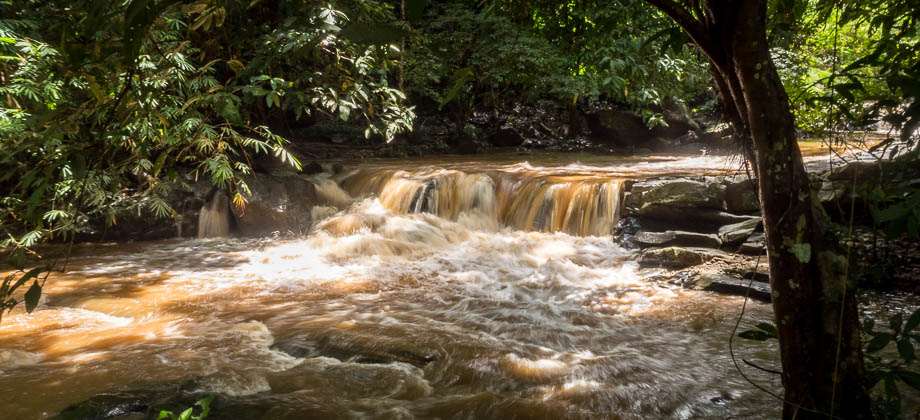


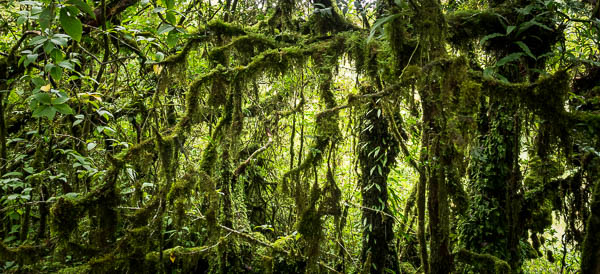
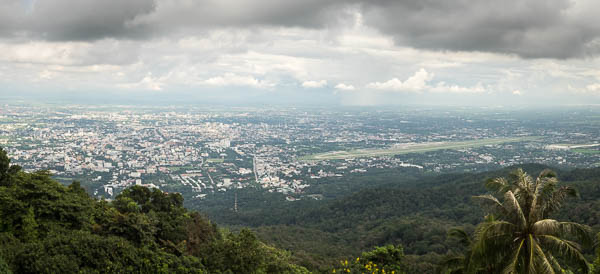
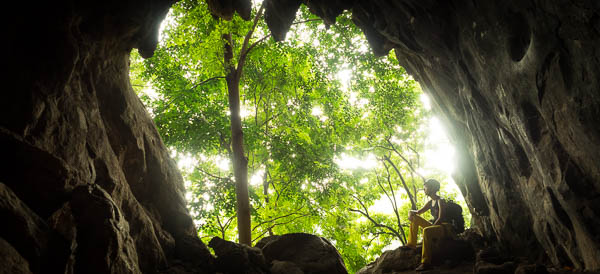

What kind of camera do you use for such bright pictures?
Hi Valery, I use an Olympus EM-1 and a range of Olympus pro lenses. I personally believe that the lenses make the biggest impact.
Here is a list of my equipment if you are interested:
http://ramonfadli.com/100-items/
This is was here https://catmotors.net/routes/samoeng-loop-mae-sa-valley/ ?
Entrance fee to the Mae Sa Waterfall for motorbike now 20THB
Thanks for the update, Valery!